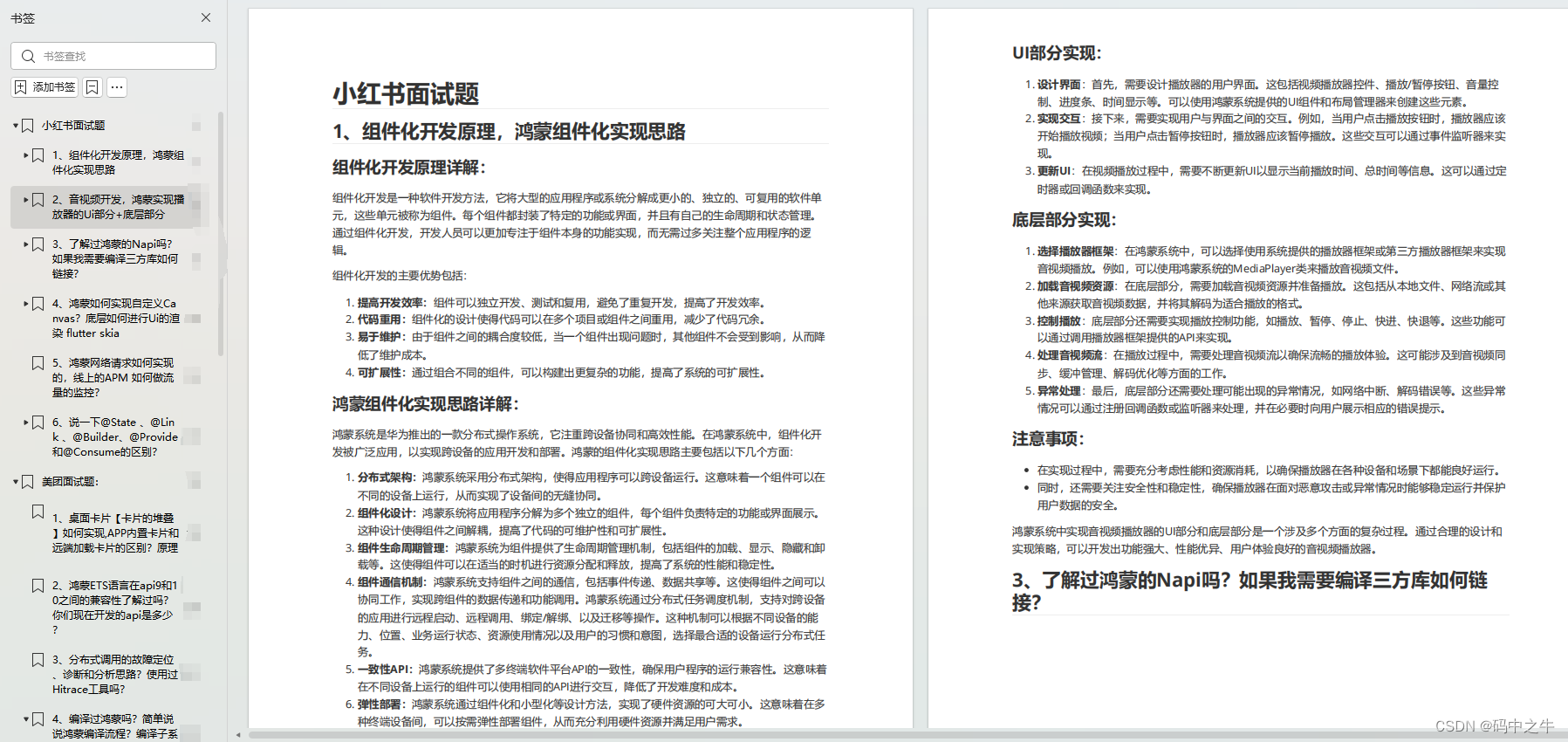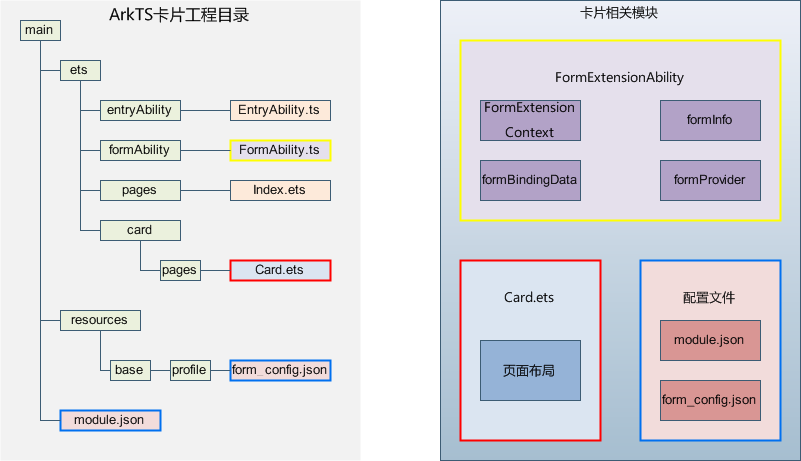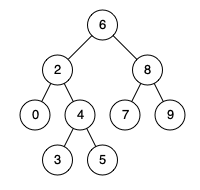1.定义互斥锁
#include<myhead.h>
int num=520;//临界资源
//1.创建一个互斥锁变量
pthread_mutex_t mutex;
//定义任务1函数
void *task1(void *arg)
{
printf("11111111111111\n");
//3.获取锁资源
pthread_mutex_lock(&mutex);
num=1314;
sleep(3);
printf("task1:num=%d\n",num);
//释放锁资源
pthread_mutex_unlock(&mutex);
}
//定义任务2函数
void *task2(void *arg)
{
printf("22222222222222\n");
//3.获取锁资源
pthread_mutex_lock(&mutex);
num++;
sleep(1);//在休眠时,任务1执行到赋值语句
printf("task2:num=%d\n",num);
//释放锁资源
pthread_mutex_unlock(&mutex);
}
int main(int argc, const char *argv[])
{
//2.初始化互斥锁
pthread_mutex_init(&mutex,NULL);
//创建两个线程
pthread_t tid1,tid2;
if(pthread_create(&tid1,NULL,task1,NULL)!=0)
{
printf("tid1 create error\n");
return -1;
}
if(pthread_create(&tid2,NULL,task2,NULL)!=0)
{
printf("tid2 create error\n");
return -1;
}
printf("tid1:%#lx,tid2:%#lx\n",tid1,tid2);
//回收线程资源
pthread_join(tid1,NULL);
pthread_join(tid2,NULL);
//5.销毁锁资源
pthread_mutex_destroy(&mutex);
return 0;
}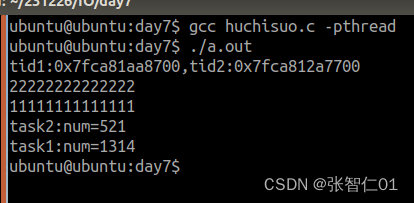
2.定义无名信号量
#include<myhead.h>
//1.创建无名信号量
sem_t sem;
//定义生产者线程
void *task1(void *arg)
{
int num=5;
while(num--)
{
sleep(1);
printf("我生产了一辆特斯拉\n");
//4.释放资源
sem_post(&sem);
}
pthread_exit(NULL);//退出线程
}
//定义消费者线程
void *task2(void *arg)
{
int num=5;
while(num--)
{
//3.申请资源
sem_wait(&sem);
printf("我消费了一辆特斯拉\n");
}
pthread_exit(NULL);//退出线程
}
int main(int argc, const char *argv[])
{
//2.初始化无名信号量
sem_init(&sem,0,0);//第一个0表示用于线程同步,第二个0表示初始资源为0
//创建两个线程,分别是生产者和消费者
pthread_t tid1,tid2;
if(pthread_create(&tid1,NULL,task1,NULL)!=0)
{
printf("tid1 create error\n");
return -1;
}
if(pthread_create(&tid2,NULL,task2,NULL)!=0)
{
printf("tid2 create error\n");
return -1;
}
printf("tid1:%#lx,tid2:%#lx\n",tid1,tid2);
//回收线程资源
pthread_join(tid1,NULL);
pthread_join(tid2,NULL);
//释放无名信号量
sem_destroy(&sem);
return 0;
}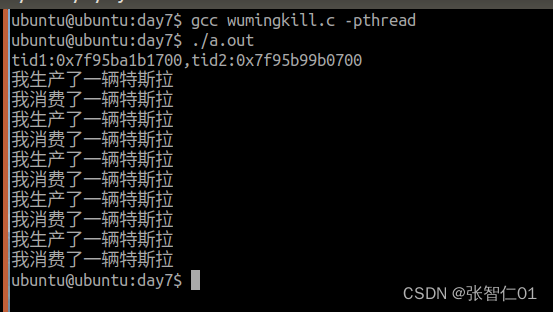
3.创建三个线程,线程1打印输出字符A,线程2打印输出字符B,线程3打印输出字符C,用无名信号量输出结果为ABCABCABCABCABC。
#include<myhead.h>
//创建无名信号量
sem_t sem1,sem2,sem3;
//定义线程1
void *task1(void *arg)
{
int num=5;
while(num--)
{
sem_wait(&sem1);
sleep(1);
printf("A");
fflush(stdout);
sem_post(&sem2);
}
pthread_exit(NULL);
}
//定义线程2
void *task2(void *arg)
{
int num=5;
while(num--)
{
sem_wait(&sem2);
sleep(1);
printf("B");
fflush(stdout);
sem_post(&sem3);
}
pthread_exit(NULL);
}
//定义线程3
void *task3(void *arg)
{
int num=5;
while(num--)
{
sem_wait(&sem3);
sleep(1);
printf("C");
fflush(stdout);
sem_post(&sem1);
}
pthread_exit(NULL);
}
int main(int argc, const char *argv[])
{
sem_init(&sem1,0,1);
sem_init(&sem2,0,0);
sem_init(&sem3,0,0);
pthread_t tid1,tid2,tid3;
if(pthread_create(&tid1,NULL,task1,NULL)!=0)
{
printf("tid1 create error\n");
return -1;
}
if(pthread_create(&tid2,NULL,task2,NULL)!=0)
{
printf("tid2 create error\n");
return -1;
}
if(pthread_create(&tid3,NULL,task3,NULL)!=0)
{
printf("tid3 create error\n");
return -1;
}
printf("tid1:%#lx,tid2:%#lx,tid3:%#lx\n",tid1,tid2,tid3);
pthread_join(tid1,NULL);
pthread_join(tid2,NULL);
pthread_join(tid3,NULL);
sem_destroy(&sem1);
sem_destroy(&sem2);
sem_destroy(&sem3);
puts("");
return 0;
}
4.线程同步之条件变量
#include<myhead.h>
//1.定义条件变量
pthread_cond_t cond;
//11.定义互斥锁变量
pthread_mutex_t mutex;
//定义生产者线程1
void *task1(void *arg)
{
int num=5;
while(num--)
{
sleep(1);
printf("%#lx:生产了一辆特斯拉\n",pthread_self());
//3.唤醒一个消费者
//pthread_cond_signal(&cond);
}
//3.唤醒所有的等待线程
pthread_cond_broadcast(&cond);
//退出线程
pthread_exit(NULL);
}
//定义消费者线程2
void *task2(void *arg)
{
//33.上锁
pthread_mutex_lock(&mutex);
//4.进入等待队列
pthread_cond_wait(&cond,&mutex);
printf("%#lx:消费了一辆特斯拉\n",pthread_self());
//44.解锁
pthread_mutex_unlock(&mutex);
//退出线程
pthread_exit(NULL);
}
//定义消费者线程3
void *task3(void *arg)
{
//33.上锁
pthread_mutex_lock(&mutex);
//4.进入等待队列
pthread_cond_wait(&cond,&mutex);
printf("%#lx:消费了一辆特斯拉\n",pthread_self());
//44.解锁
pthread_mutex_unlock(&mutex);
//退出线程
pthread_exit(NULL);
}
//定义消费者线程4
void *task4(void *arg)
{
//33.上锁
pthread_mutex_lock(&mutex);
//4.进入等待队列
pthread_cond_wait(&cond,&mutex);
printf("%#lx:消费了一辆特斯拉\n",pthread_self());
//44.解锁
pthread_mutex_unlock(&mutex);
//退出线程
pthread_exit(NULL);
}
//定义消费者线程5
void *task5(void *arg)
{
//33.上锁
pthread_mutex_lock(&mutex);
//4.进入等待队列
pthread_cond_wait(&cond,&mutex);
printf("%#lx:消费了一辆特斯拉\n",pthread_self());
//44.解锁
pthread_mutex_unlock(&mutex);
//退出线程
pthread_exit(NULL);
}
//定义消费者线程6
void *task6(void *arg)
{
//33.上锁
pthread_mutex_lock(&mutex);
//4.进入等待队列
pthread_cond_wait(&cond,&mutex);
printf("%#lx:消费了一辆特斯拉\n",pthread_self());
//44.解锁
pthread_mutex_unlock(&mutex);
//退出线程
pthread_exit(NULL);
}
int main(int argc, const char *argv[])
{
//2.初始化条件变量
pthread_cond_init(&cond,NULL);
//22.初始化互斥锁
pthread_mutex_init(&mutex,NULL);
//创建六个线程,一个生产者,五个消费者
pthread_t tid1,tid2,tid3,tid4,tid5,tid6;
if(pthread_create(&tid1,NULL,task1,NULL)!=0)
{
printf("tid1 create error\n");
return -1;
}
if(pthread_create(&tid2,NULL,task2,NULL)!=0)
{
printf("tid2 create error\n");
return -1;
}
if(pthread_create(&tid3,NULL,task3,NULL)!=0)
{
printf("tid3 create error\n");
return -1;
}
if(pthread_create(&tid4,NULL,task4,NULL)!=0)
{
printf("tid4 create error\n");
return -1;
}
if(pthread_create(&tid5,NULL,task5,NULL)!=0)
{
printf("tid5 create error\n");
return -1;
}
if(pthread_create(&tid6,NULL,task6,NULL)!=0)
{
printf("tid6 create error\n");
return -1;
}
printf("tid1:%#lx,tid2:%#lx,tid3:%#lx,tid4:%#lx,tid5:%#lx5,tid6:%#lx\n",tid1,tid2,tid3,tid4,tid5,tid6);
//回收线程资源
pthread_join(tid1,NULL);
pthread_join(tid2,NULL);
pthread_join(tid3,NULL);
pthread_join(tid4,NULL);
pthread_join(tid5,NULL);
pthread_join(tid6,NULL);
//5.销毁条件变量
pthread_cond_destroy(&cond);
//55.销毁互斥锁
pthread_mutex_destroy(&mutex);
return 0;
}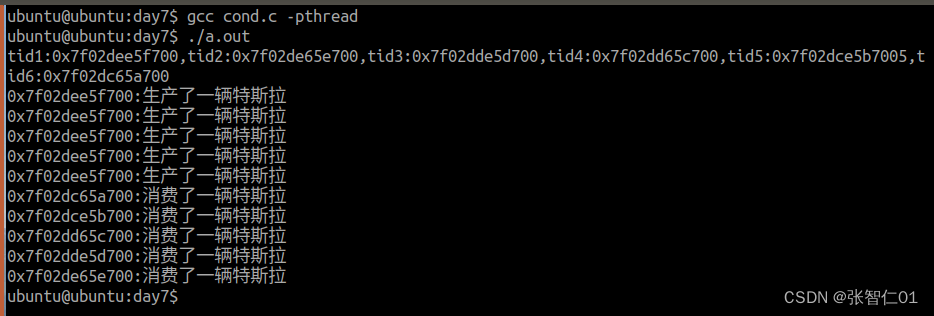
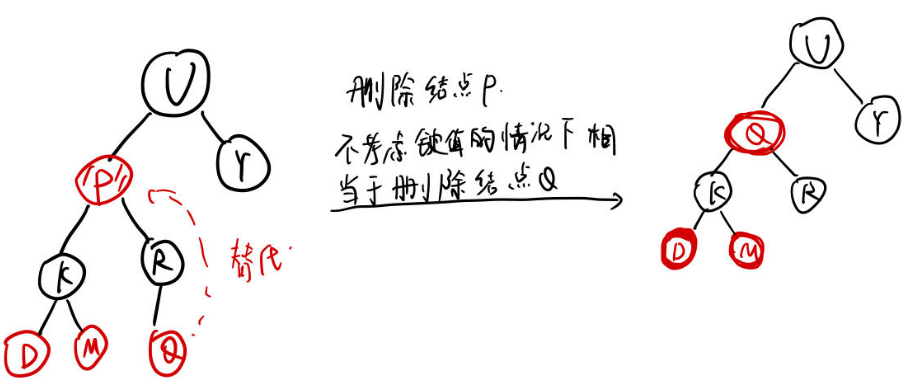


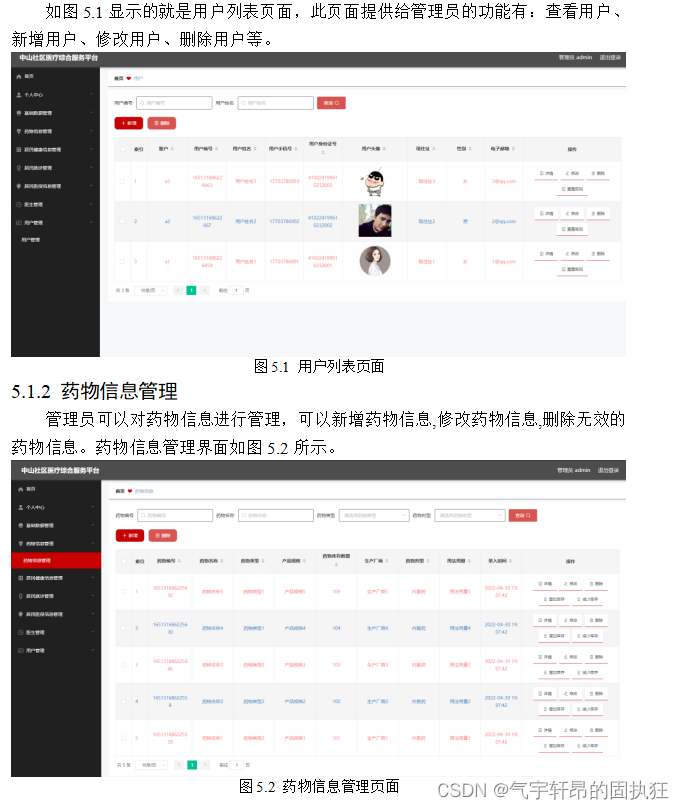


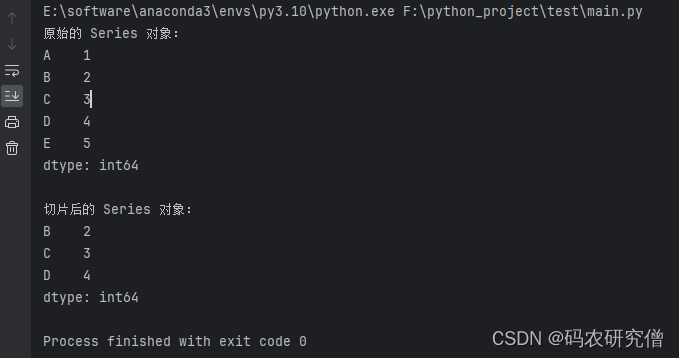
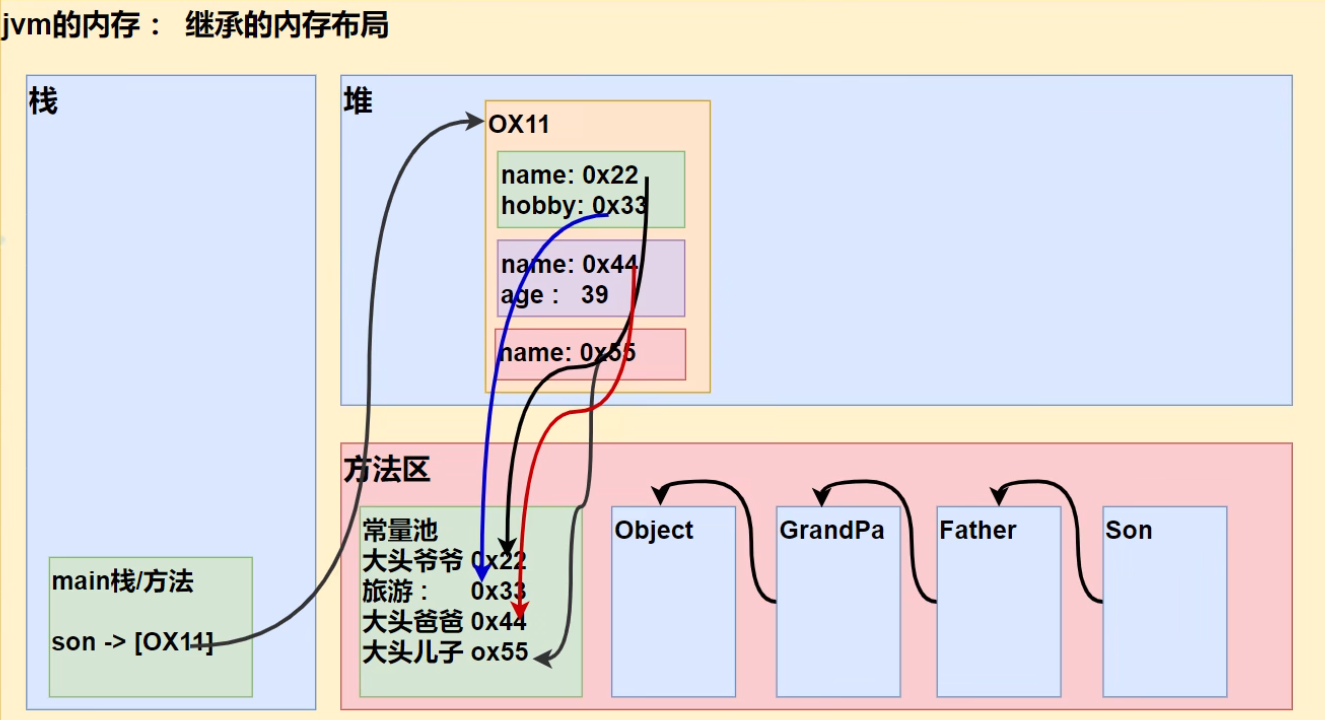





![[ai笔记12] chatGPT技术体系梳理+本质探寻](https://img-blog.csdnimg.cn/img_convert/cbf42387b2df0c76b16b4f7ac2416fa0.png)
